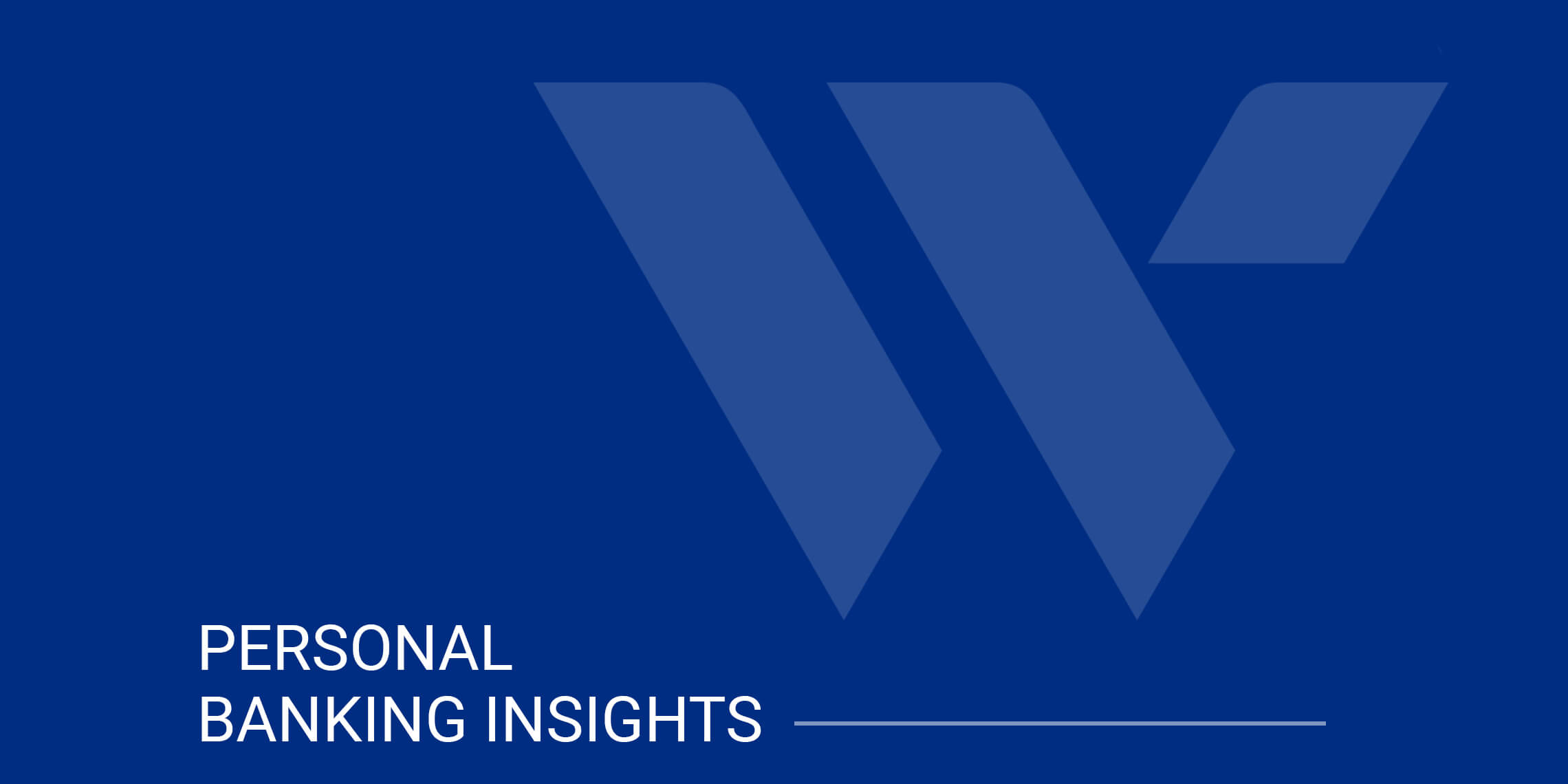
Published on April 20, 2020 | 4 min read | Webster Bank
Last updated: June 13, 2025
Credit cards can be convenient for making everyday purchases. However, if you’re planning to buy a big ticket item or take on a major project such as home improvement, there are a couple of drawbacks:
For large purchases, major projects or debt consolidation, a personal loan may be a good alternative.
Personal loans and credit cards are both generally unsecured, meaning there’s no collateral required for approval, such as a house or car. Both types of credit also can be used for almost any legal purpose the borrower wants. But that’s where the similarities end.
With a personal loan, you borrow a set amount of money for a specified period of time with an interest rate and a monthly payment that doesn’t change. For example, if you spend $5,000 on home improvements and would like to pay it off in three years, your monthly payment – presuming an annual interest rate of 12% – will be fixed at $166.07.
The interest rate you pay is mostly determined by your credit profile, but may also be affected by other factors such as the loan amount and whether you have a checking or savings account with the lender. Setting up automatic payments can sometimes lower your interest rate.
There are two key benefits of a personal loan.
Your interest rate never changes and, for that reason, your monthly payment stays the same. A fixed payment adds stability to your monthly household budget. In addition, if you are worried about your credit card interest rate rising before you can pay off the balance, that’s a legitimate concern. Circumstances beyond your control such as rising inflation or actions of the Federal Reserve can change interest rates fairly significantly within a short period of time.
In the above example, the borrower budgets for $166.07 each month and pays off the loan in exactly 36 months. According to the Bankrate Credit Card Minimum Payment Calculator, the same $5,000 on a credit card with the same annual 12% annual interest rate could take you more than 21 years to pay off if you only make the minimum monthly payment. And while the average personal loan interest rate today is about 12%, the average credit card interest rate today is slightly above 22% and would require more than 23 years of minimum payments to pay off. That’s an additional 20 years to pay off the same amount of debt. And, unfortunately, when faced with competing financial priorities, many people find it challenging to make more than the minimum payments to pay off their credit cards.
To get a personal loan from a bank, here are the steps to follow:
Sometimes a little extra money can make a big difference. If you could use extra funds for debt consolidation, home improvement, medical bills, moving, a vacation, or whatever your family needs – and want to keep your budget stable – it may be time to consider a personal loan from Webster Bank. We’re committed to helping you find the financing solutions you need.
All loans are subject to credit approval.